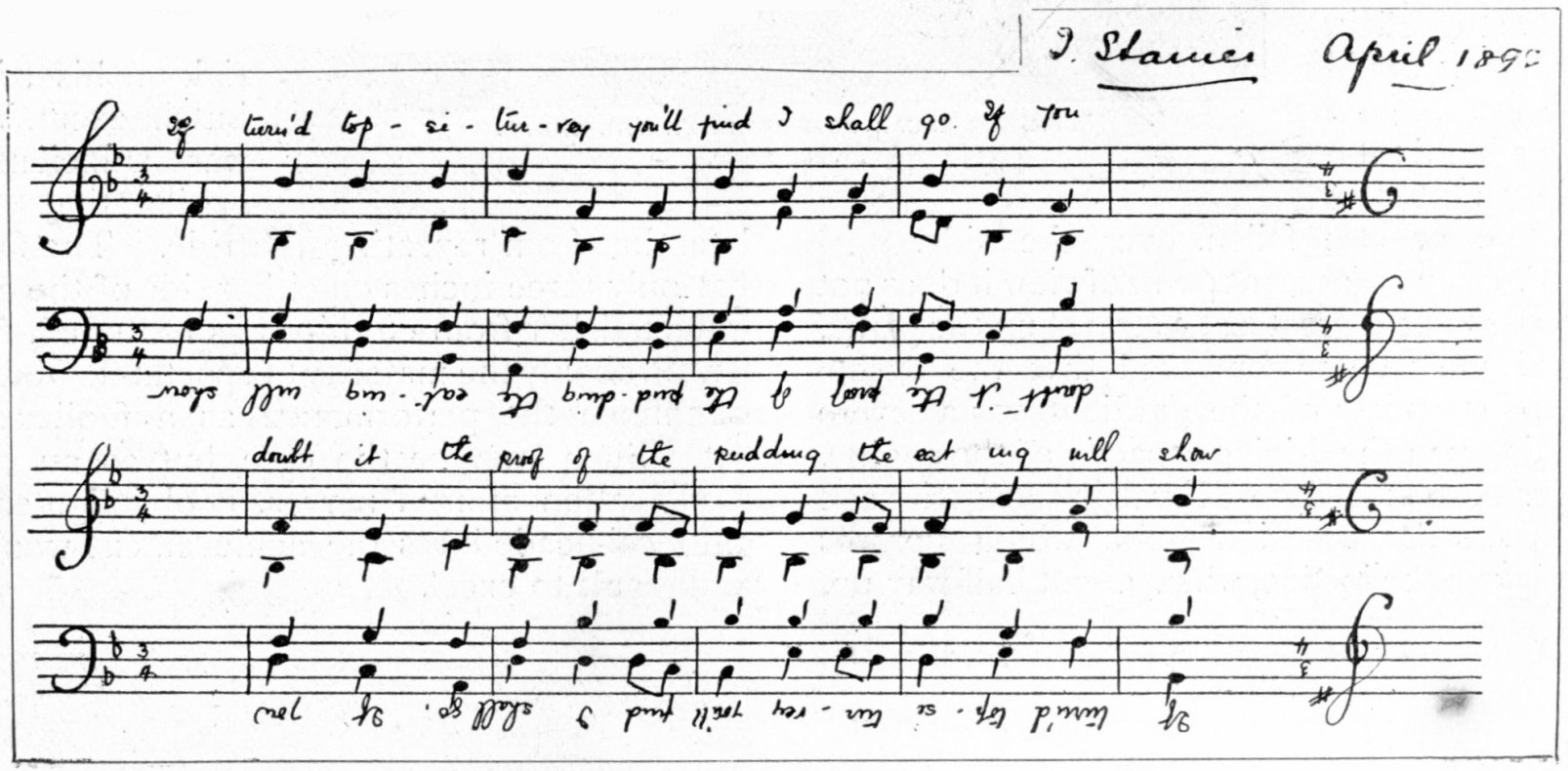From the diary of Richard Burton, Oct. 16, 1968:
Stanley Donen told me a funny one about Osgood Perkins. It seems that Perkins was in a long-running melodrama in which he had to kill a character in the last act with a letter opener, stiletto type. One day the props man forgot to put the knife on the table and there was no other instrument around. So instead of throttling his murderee as anybody in his right senses would have done he kicked him smartly up his arse, the fellow fell down and feigned death, and Perkins raked the house with his eyes and said: ‘Fortunately the toe of my boot was poisoned.’




